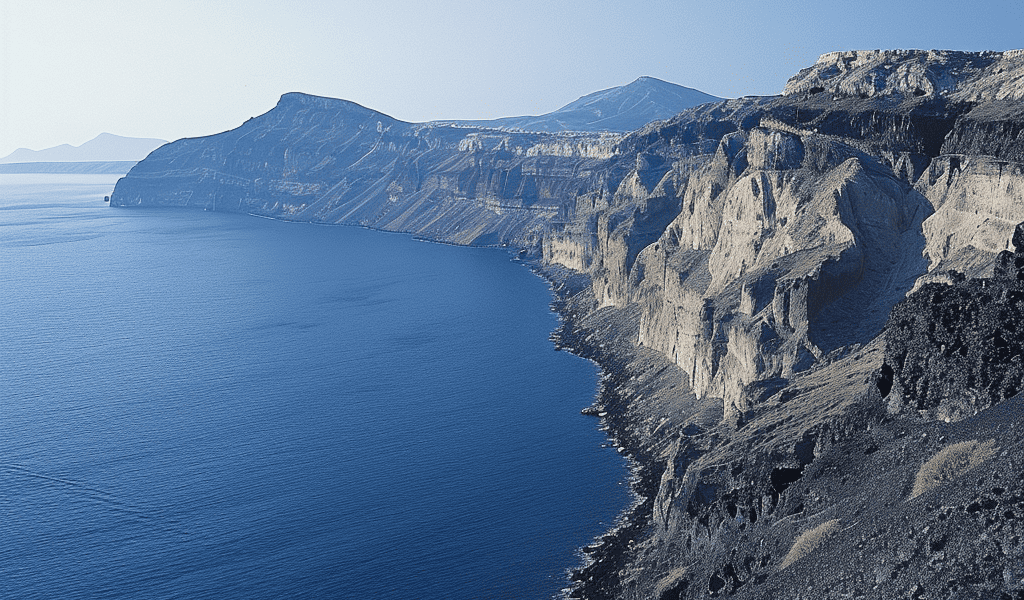The Greek archipelago of Santorini consists of the remains of a powerful volcano. Members of the international IODP expedition ‘Hellenic Arc Volcanic Field’ have now found evidence of one of the largest eruptions ever recorded in the southern Aegean Arc.
In their paper published today in the journal Communications Earth & Environment, they describe a newly discovered giant pumice deposit sampled from the seafloor at seven coastal sites around the island of Santorini. It shows that the Christiana-Santorini-Kolumbo volcanic field was much more explosive in the distant past than previously thought.
The volcanic field in the Greek Aegean consists of a 60-kilometer chain of more than 20 volcanoes, most of which are underwater. It is considered particularly dangerous because the volcanoes there have a history of eruptions, some of which have been highly explosive.
‘For example, the Late Bronze Age eruption of Santorini around 3,600 years ago probably triggered the downfall of the Minoan civilization on Crete—an important event for both volcanology and archaeology,’ says Dr Steffen Kutterolf, a volcanologist at the GEOMAR Helmholtz Centre for Ocean Research in Kiel.
Together with Dr Timothy Druitt from the University of Clermont-Auvergne, he led the expedition to Santorini. The international team of scientists discovered a new deposit around the island, indicating a much larger submarine eruption around 520,000 years ago.
Dr Kutterolf says, ‘The newly discovered tuff deposit has a volume of more than 90 cubic kilometers and is up to 150 meters thick. This makes it six times larger than the pyroclastic flow deposits of the Minoan eruption and ten times larger than those of the Hunga Tonga-Hunga Ha’apai volcanic eruption of 22 January 2022.’
Pyroclastic flows are streams of hot ash, rock, and gas that, in the case of the newly mapped Santorini event, originated from a submarine volcano at the time and were transformed with the water into turbid flows and mud. These findings shed new light on the explosive history of the Greek Aegean volcanic field, providing valuable insights for both scientific research and historical understanding.





